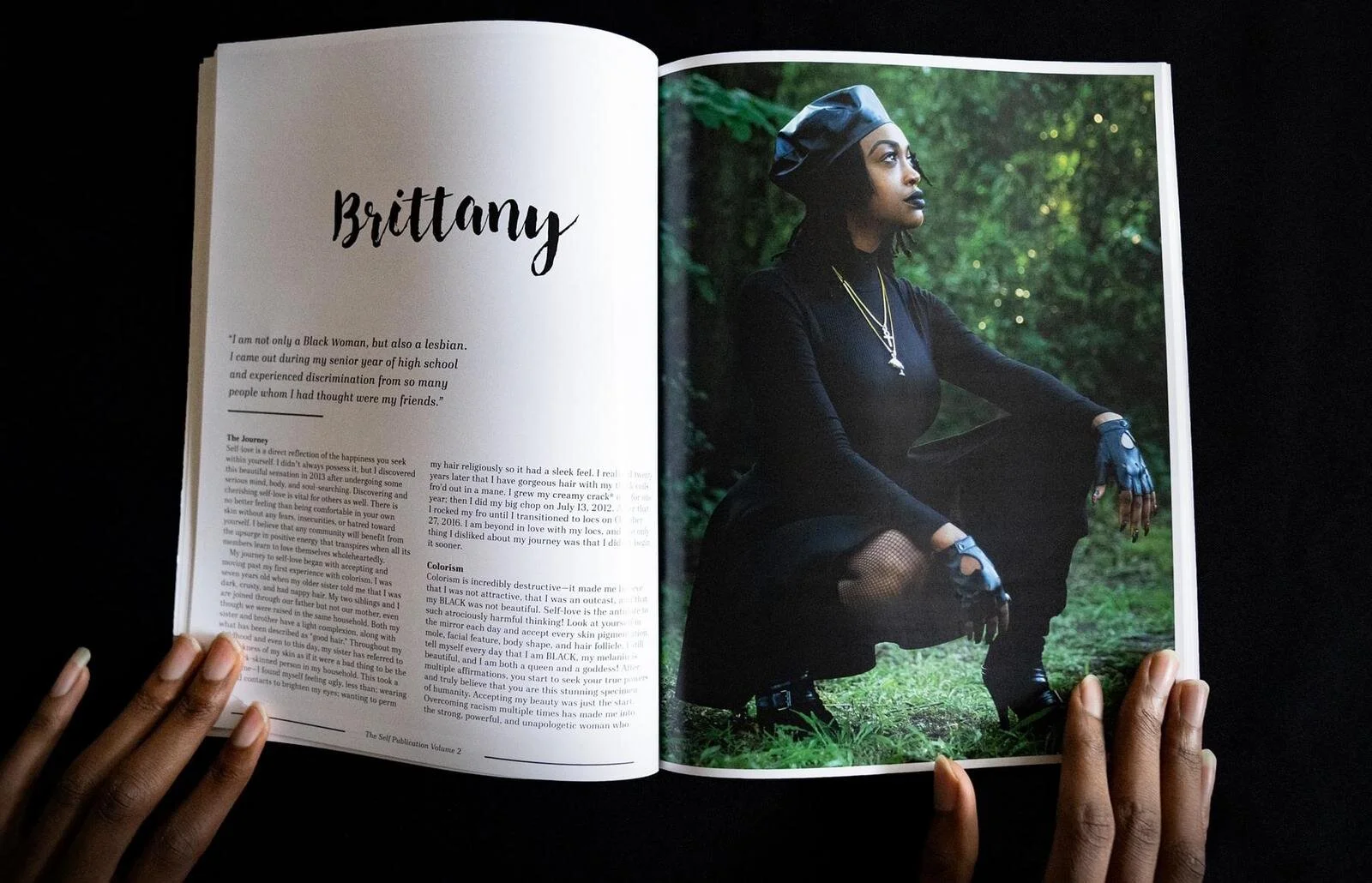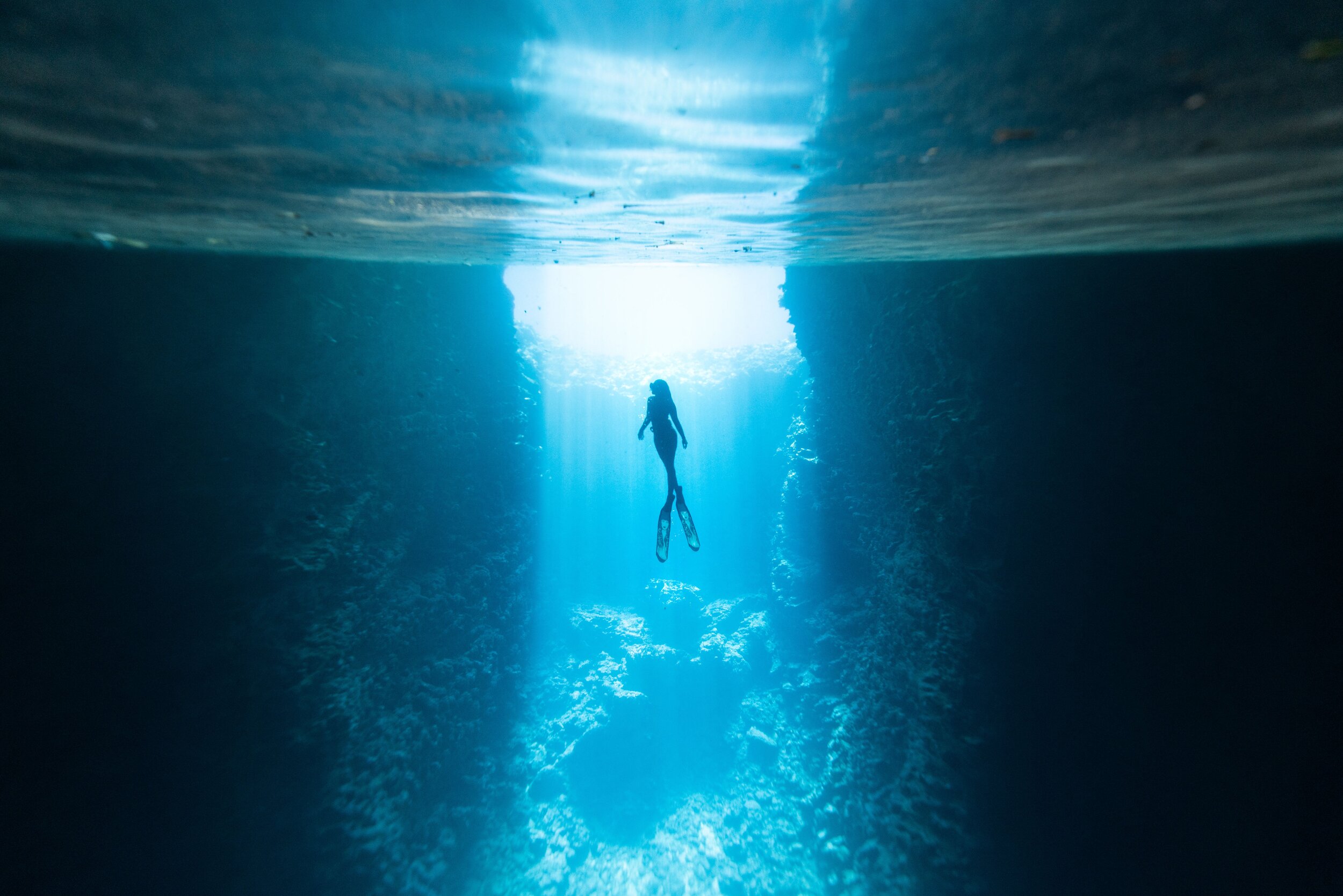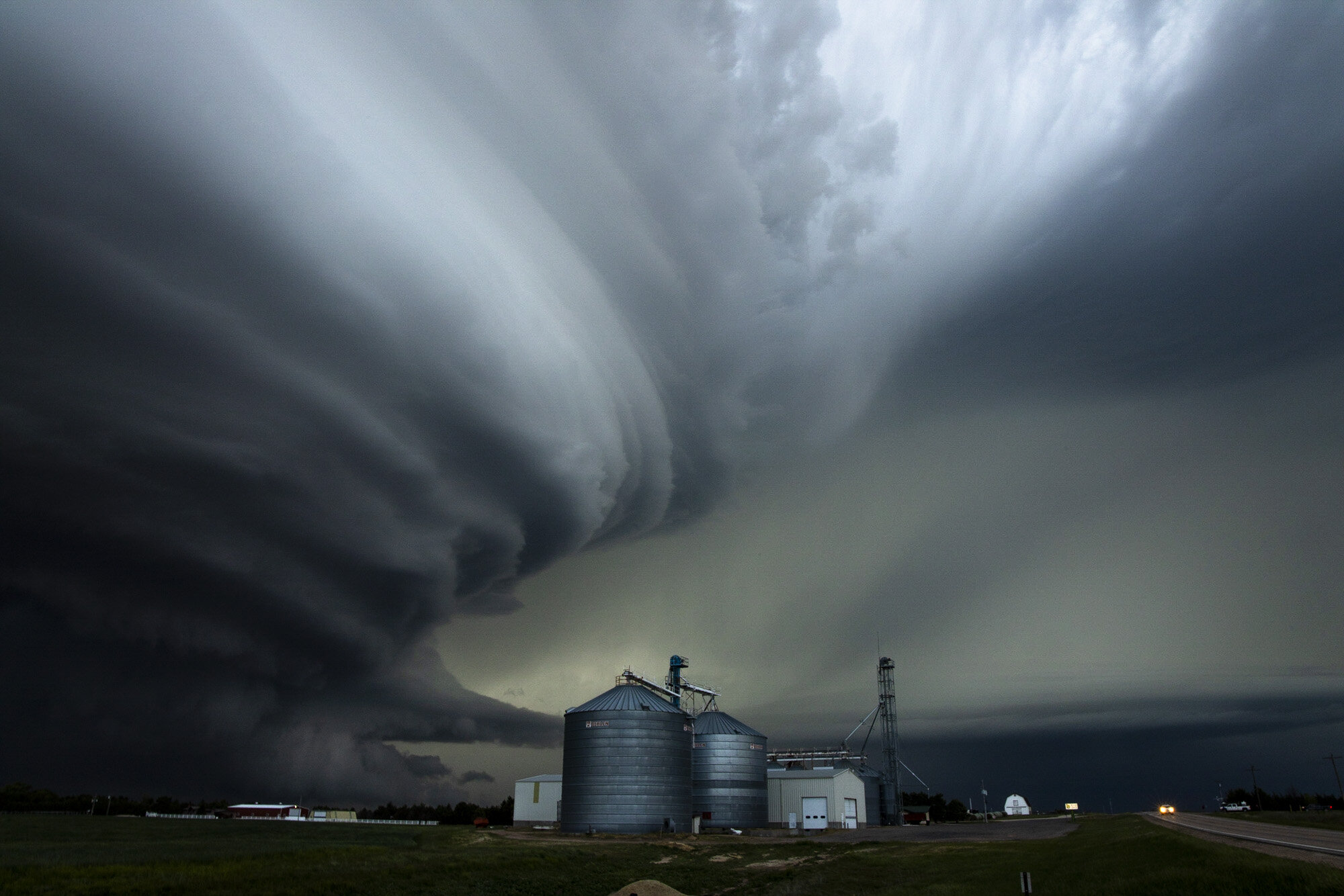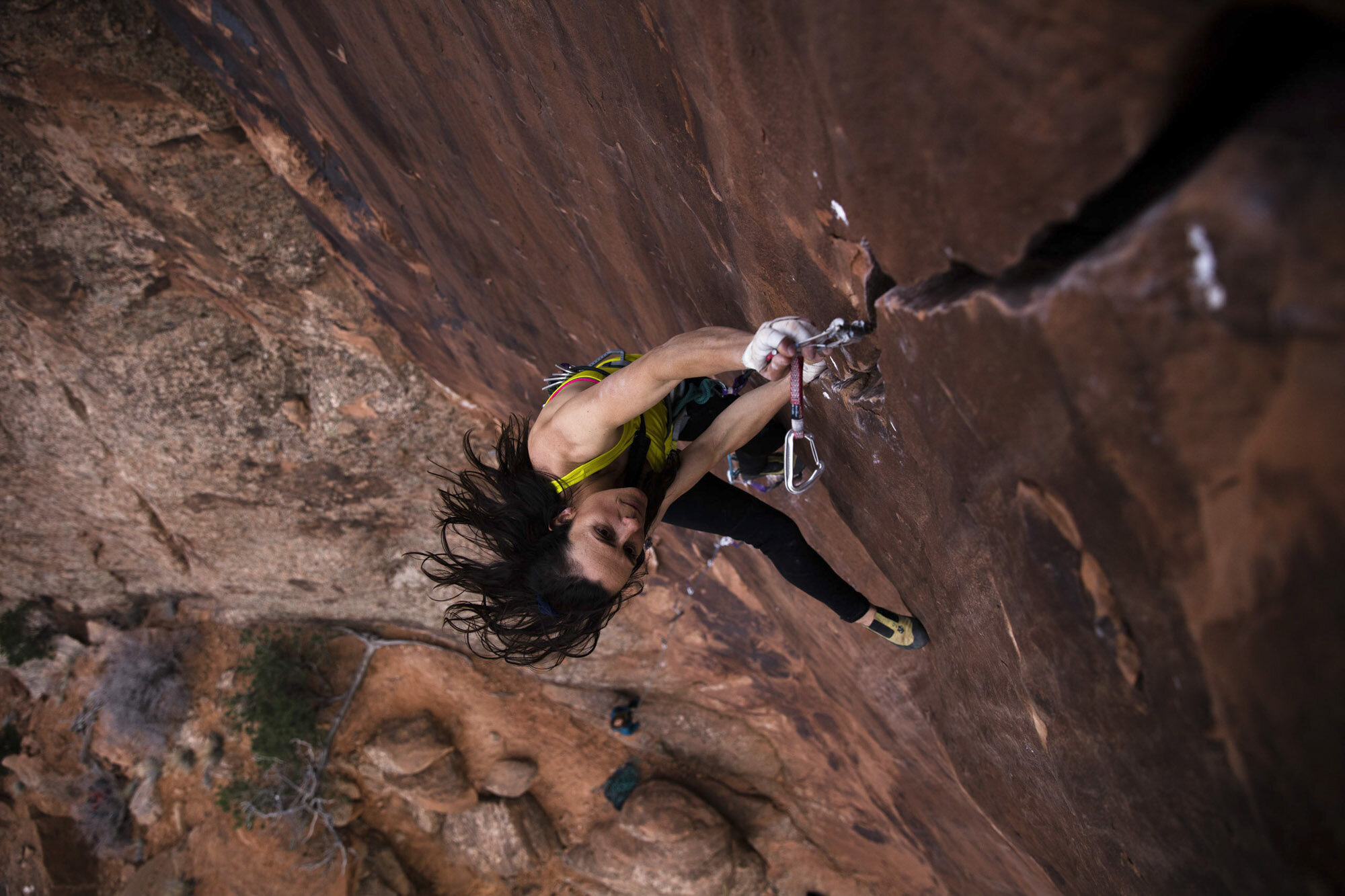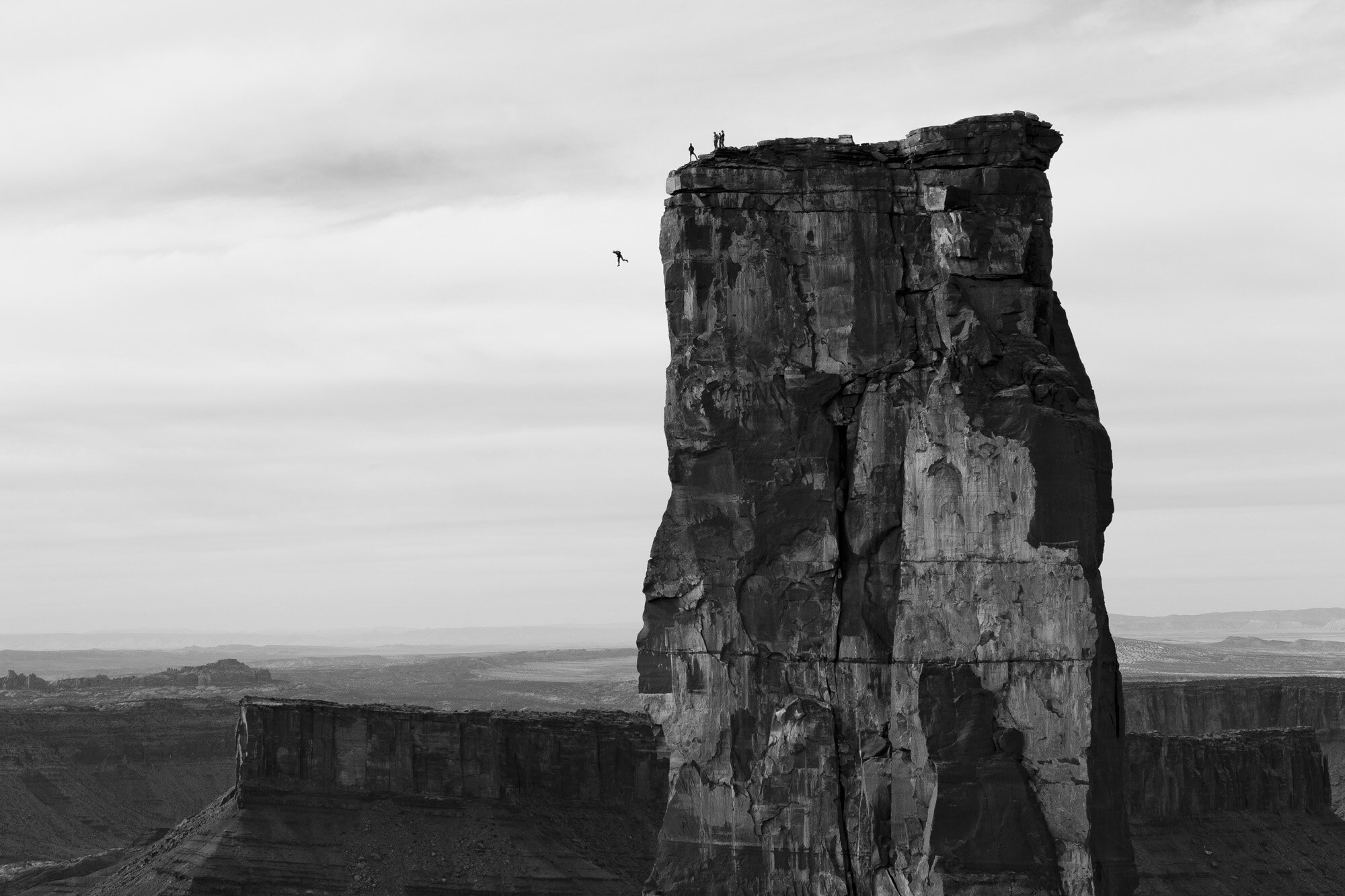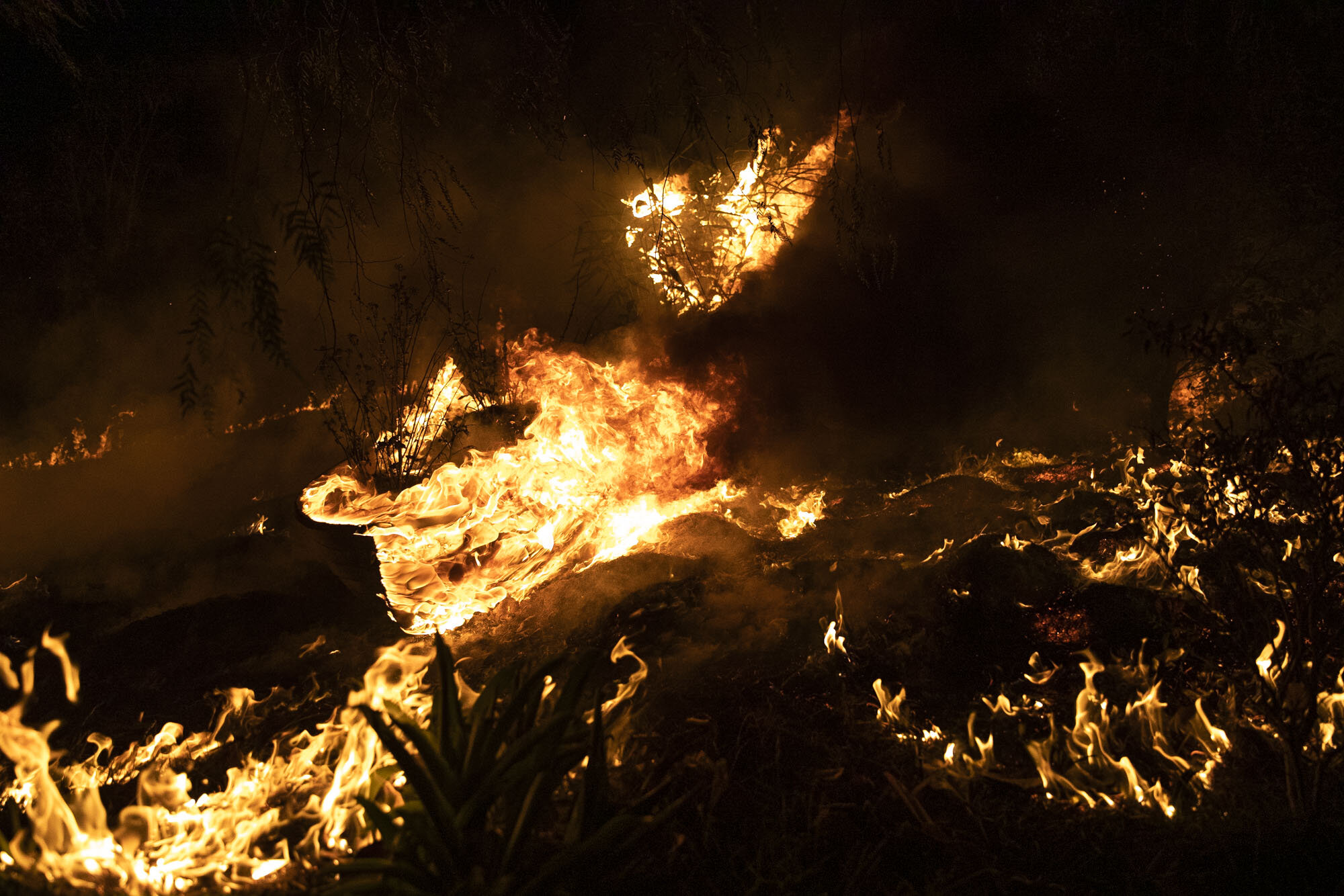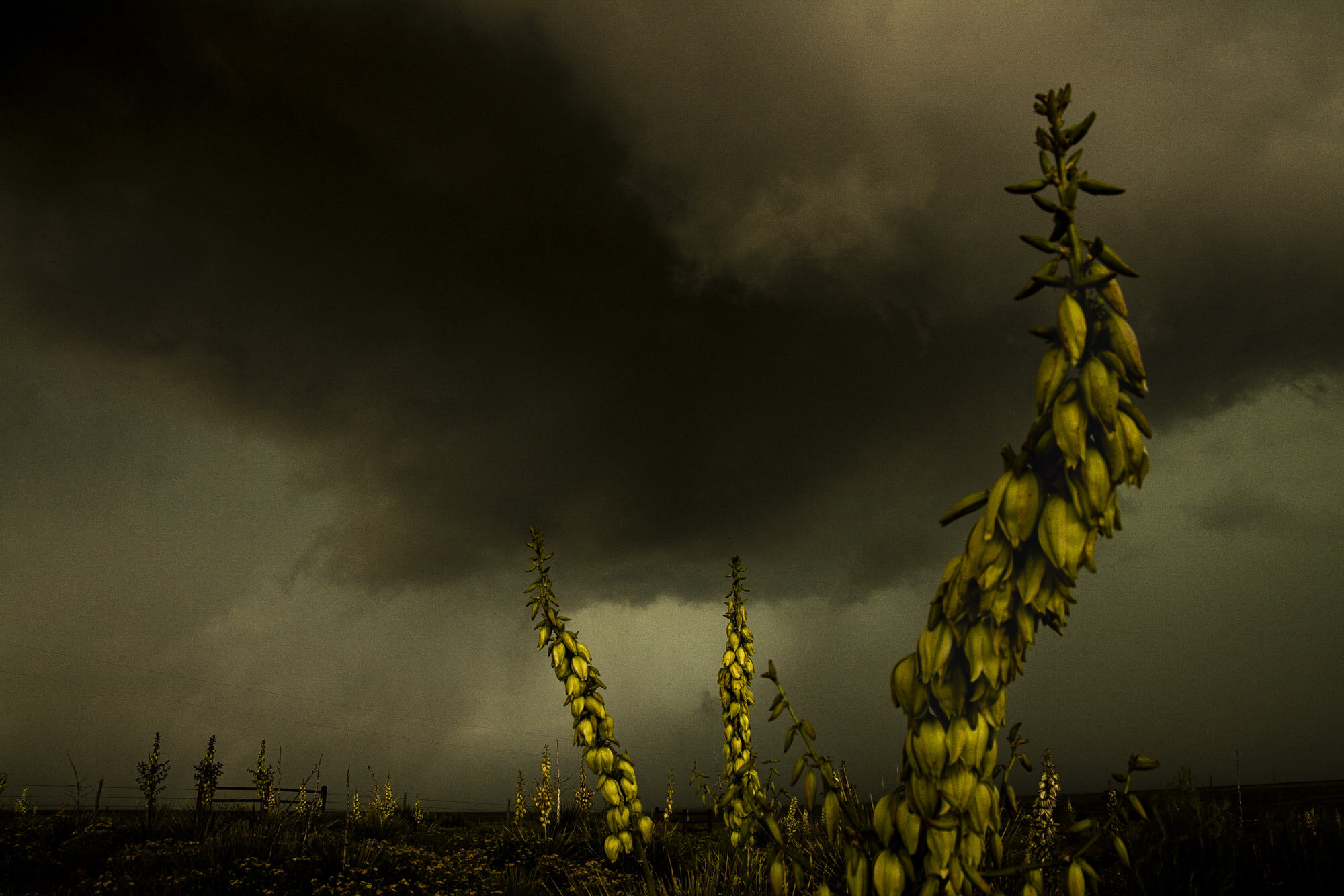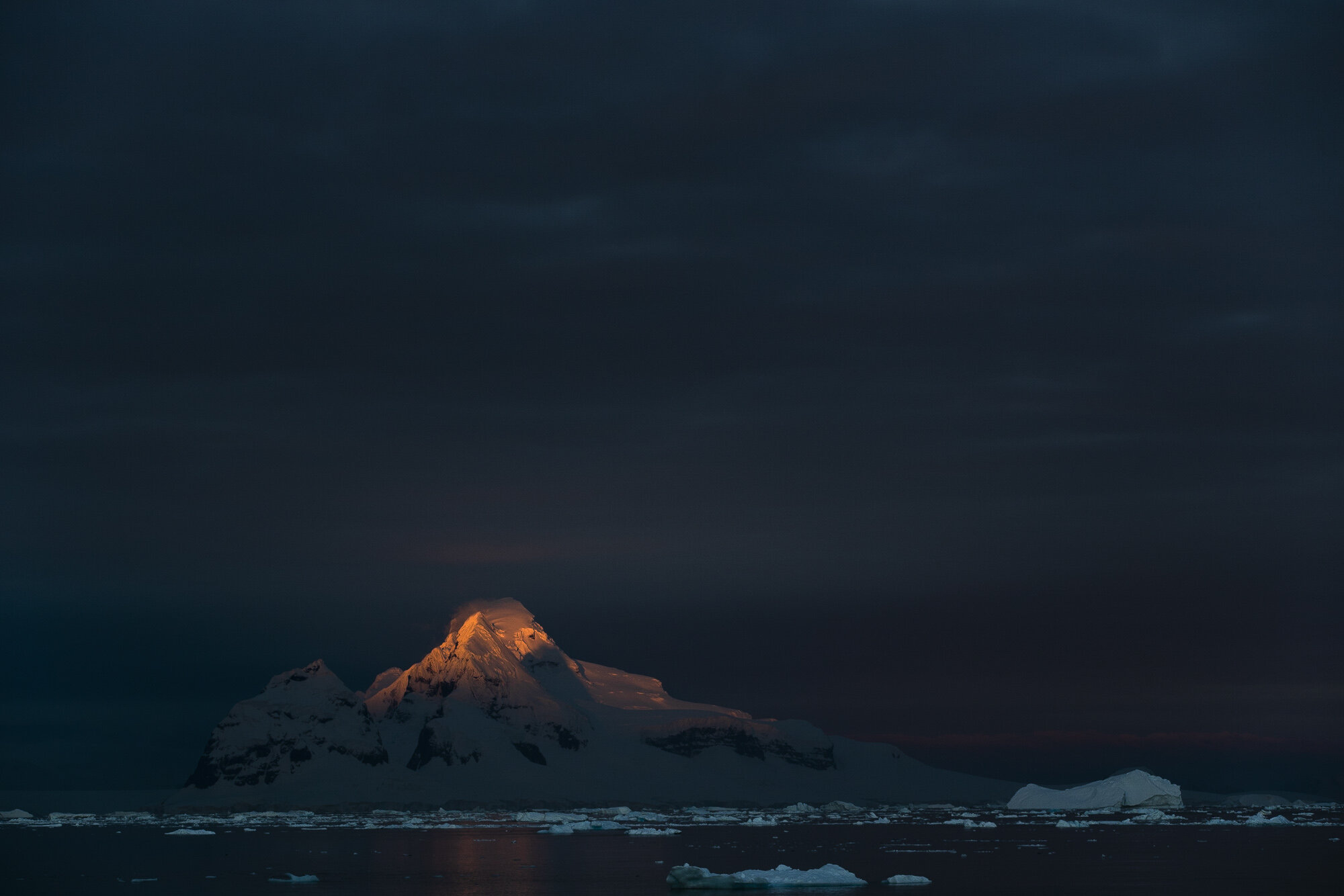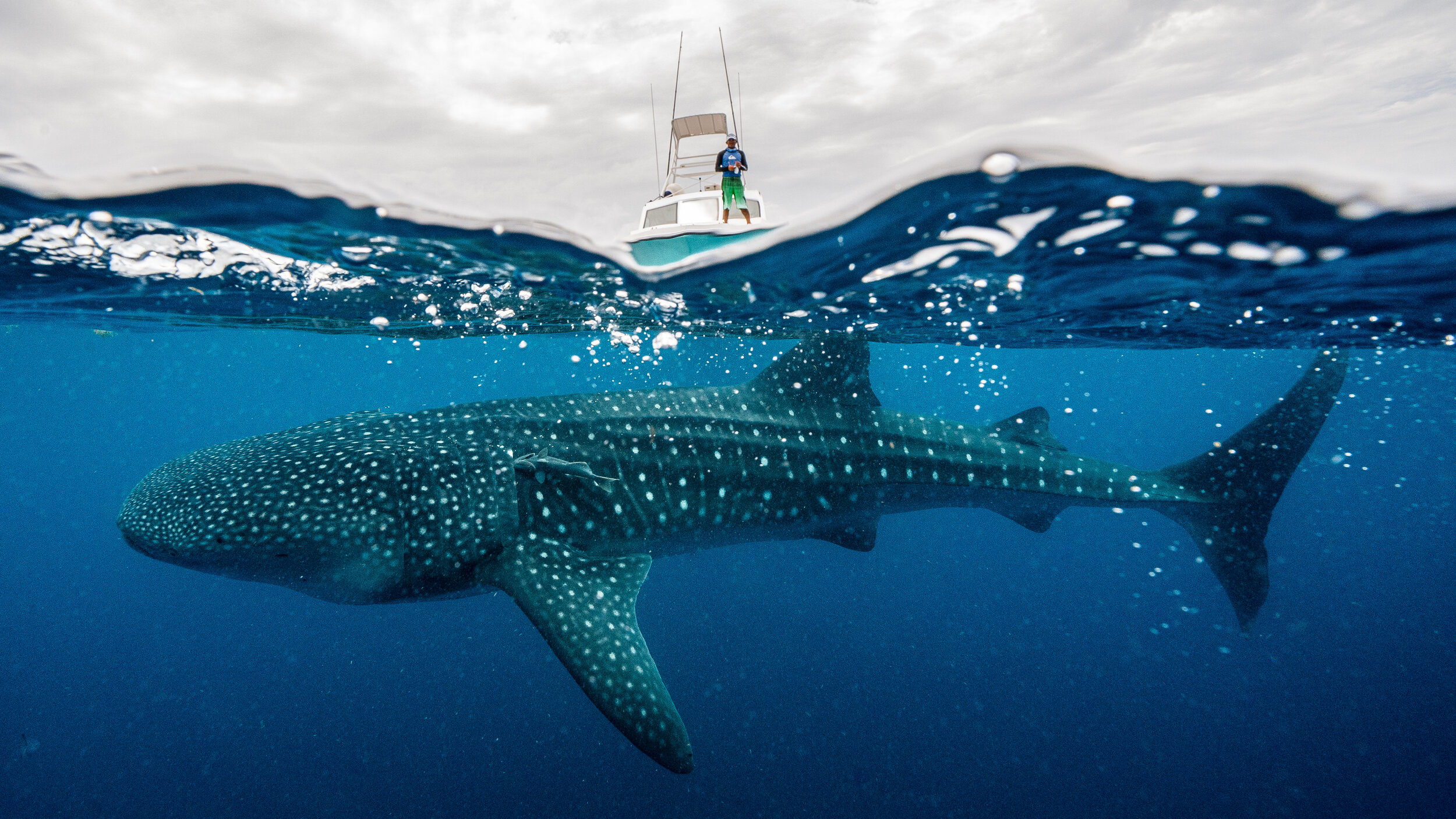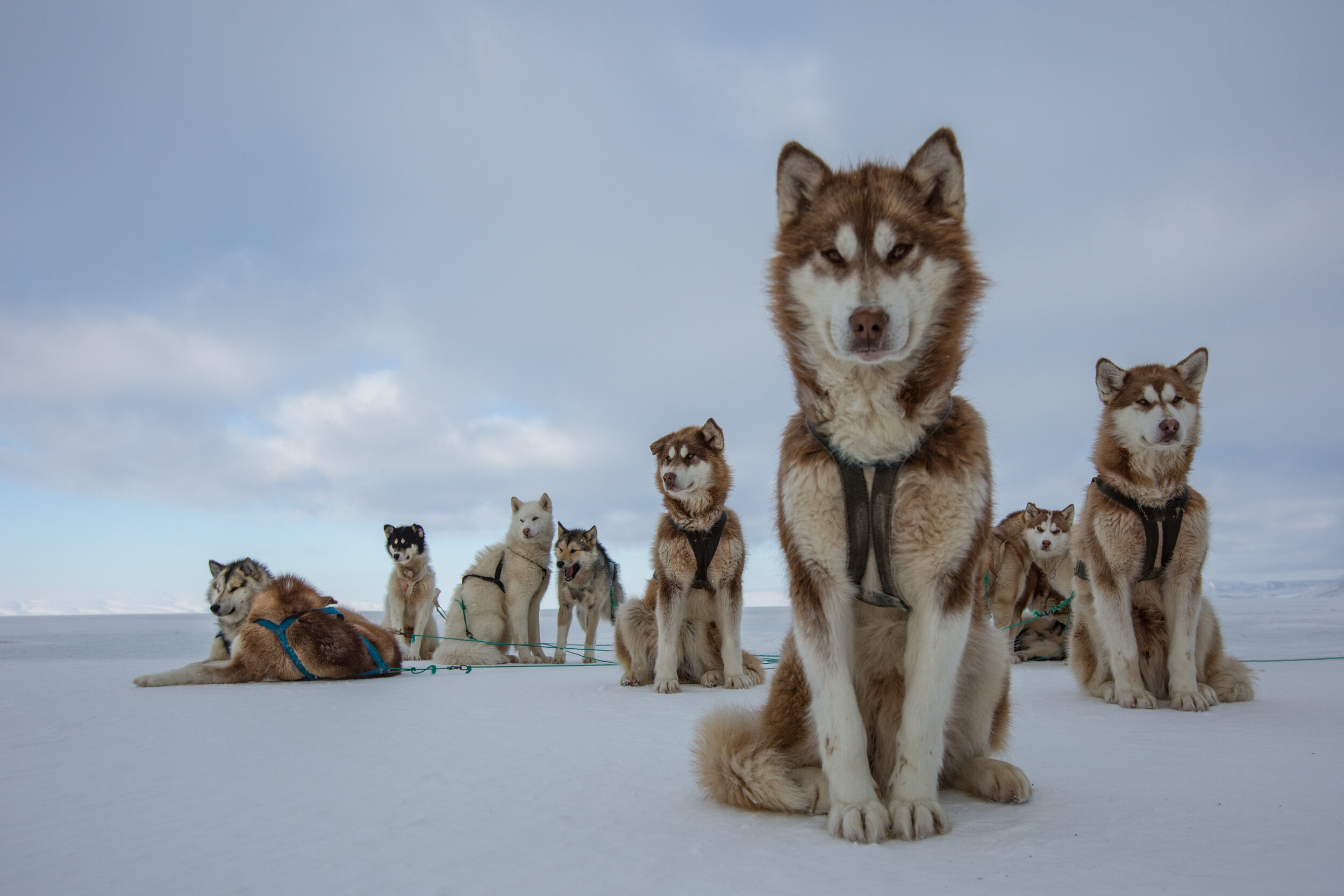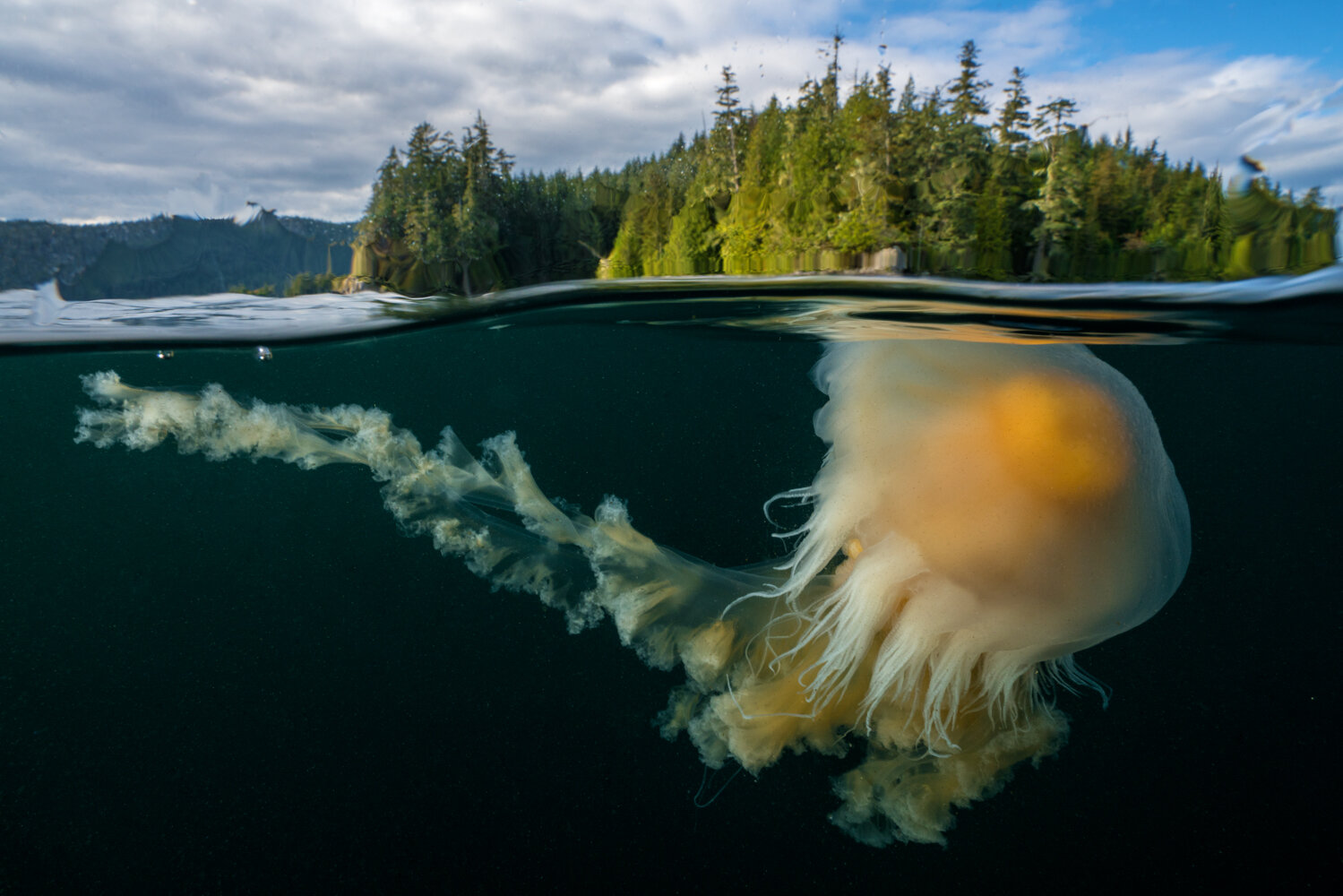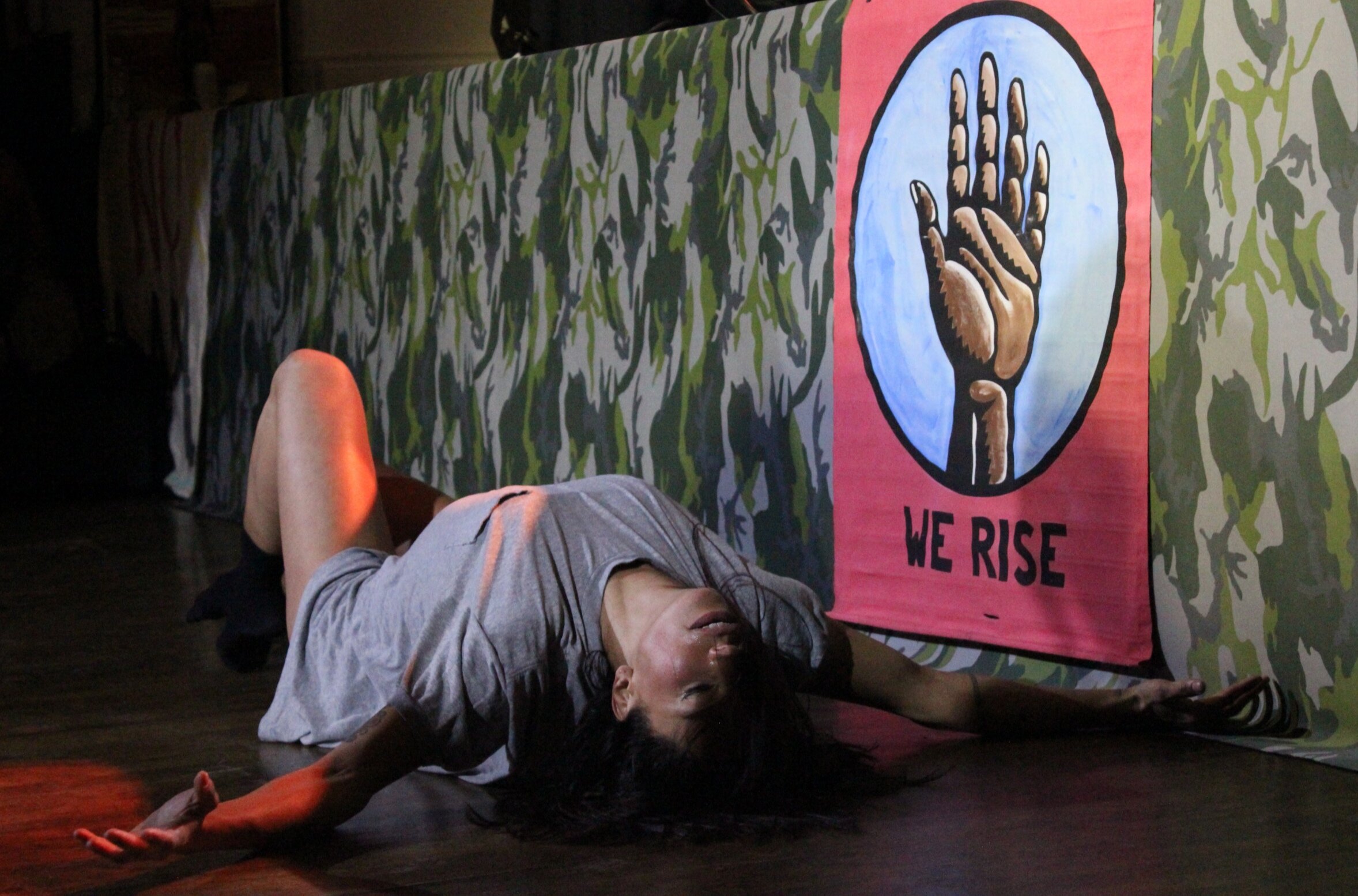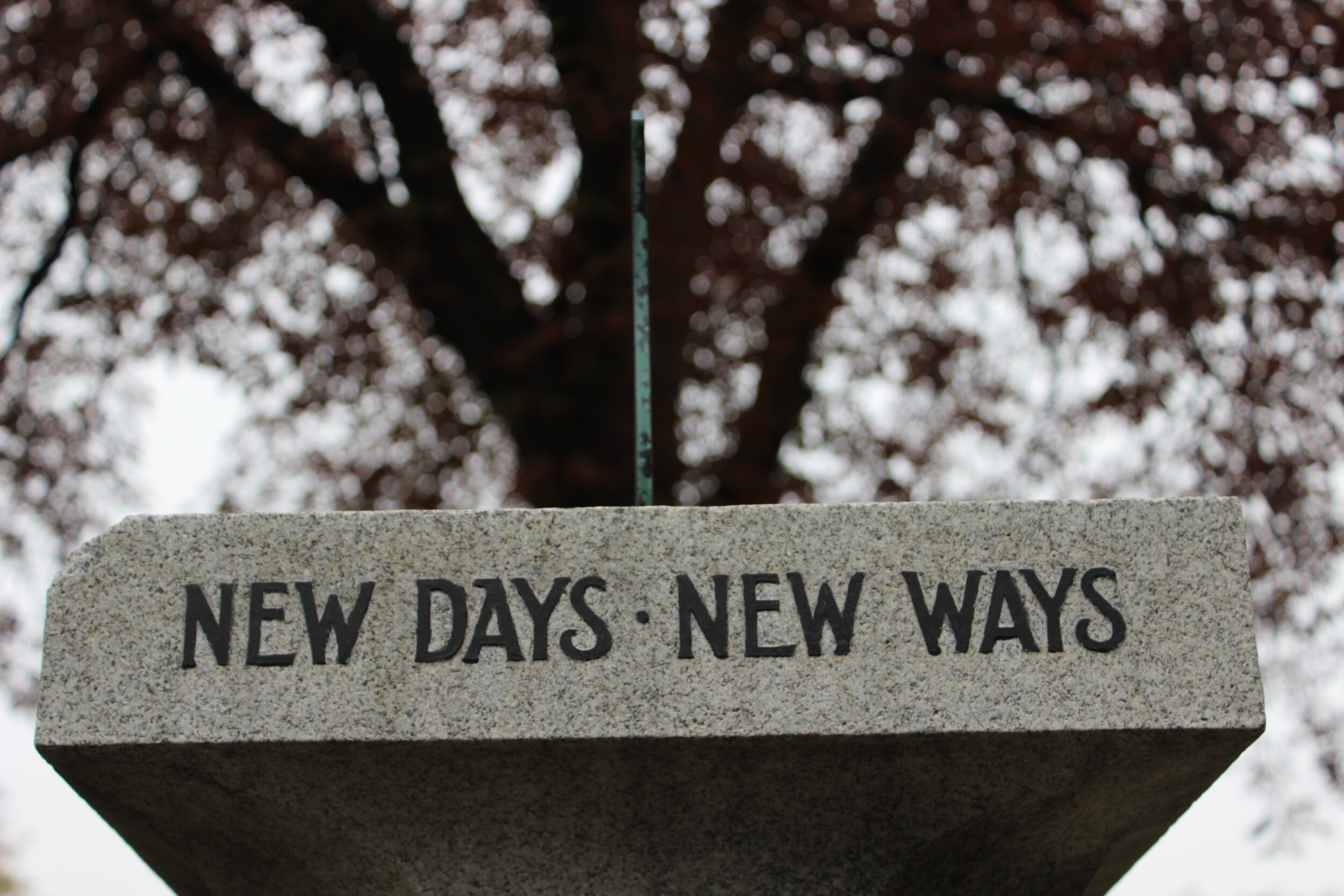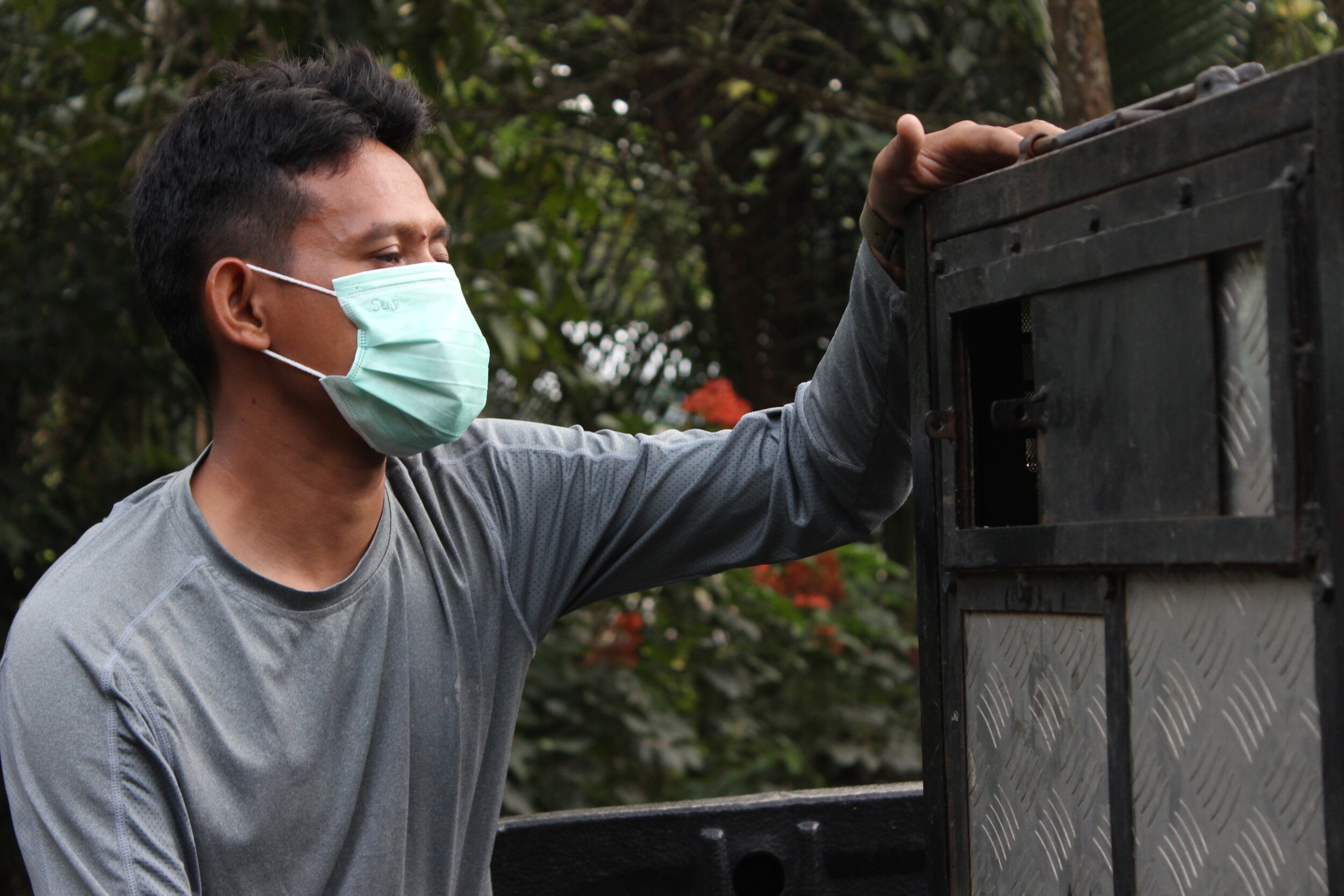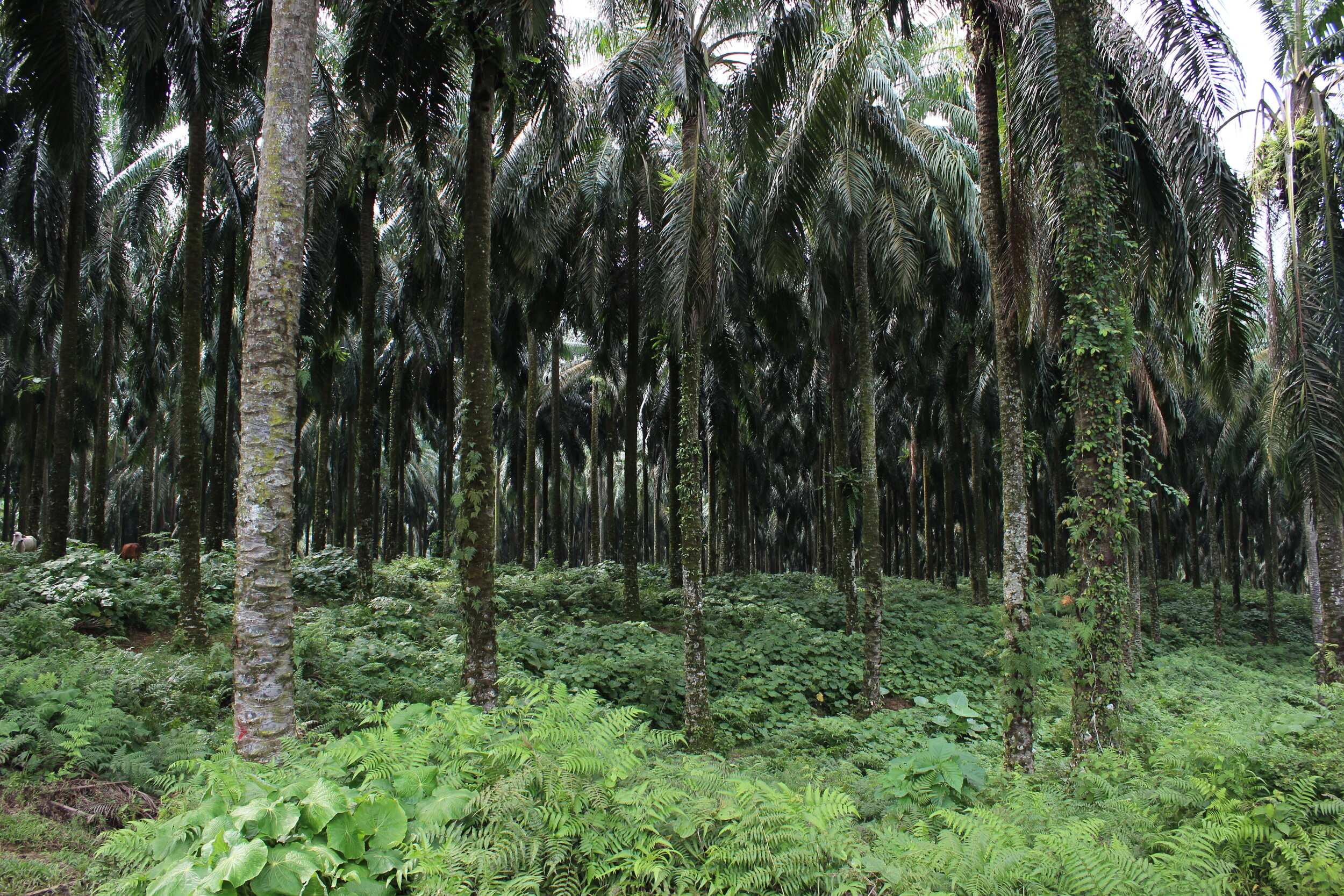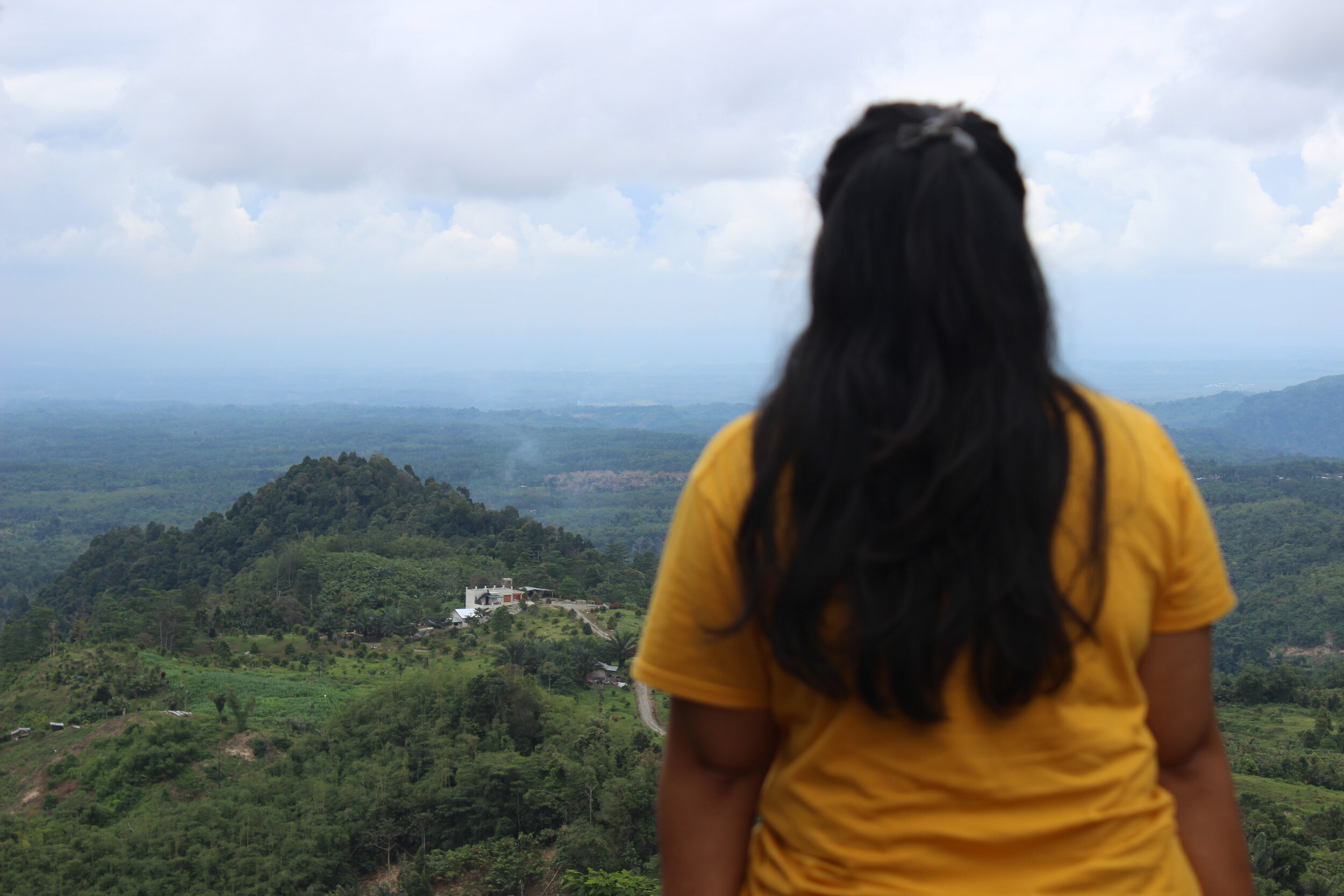Oceans contain more than 97% of the world’s water. Collectively, it's the largest ecosystem on Earth, and the planet’s life support system.
But what are we doing to protect the oceans? What steps are we taking to care for and preserve the marine ecosystems that live in these bodies of water.
Every single one of us has a role to play in ocean conservation.
Photographers Without Borders (PWB) caught up with Meaghan Ogilvie, a Toronto-based photographer and internationally-recognized visual artist whose work raises awareness about water conservation.
Specializing in underwater photography for the past 12 years, Meaghan is known for her unique style that explores what connects us to the ocean and waterways. Her work has been exhibited across North America and Europe and has taken her diving around the world.
PWB Founder Danielle Da Silva sat down with Meaghan to talk about her work and her vision of the world we can all create and live in.
Da Silva: Water constitutes a large portion of our bodies and a large portion of the planet. It’s such a beautiful medium. How did this path happen for you, Meaghan?
Ogilvie: I want to share my first memory of water, which is a bit ironic now that it's such a huge part of my life, career and creativity. But my first memory of water was almost drowning when I was really small. When I think back to that, I don't remember the fear of it. I remember the muted sounds, looking up at the surface and seeing his beautiful light. I felt so weightless. The sensations that I felt is what now translates in my work.
About six years into my photography career, my dad was diagnosed with a rare disease. I wanted to bring awareness to it and use my creativity. So I decided to create a series that would be striking and beautiful. At that time, underwater photography was not as accessible as it is today. But I got friends together, we went to a pool and we learned as we went along. This became the momentum for my career to talk about issues that are important to me. I won a few awards, and it kept me on this path of understanding water on a more spiritual, physical and mental level.
Images by Meaghan Ogilvie
Da Silva: Beautiful, wow. What’s the feeling of being in water for you? How has it changed?
Ogilvie: I suffer from anxiety, like a lot of people do. But when I’m in water, it completely changes who I am. I come out of the water, and my mind is clear and calm. My body feels really good. I believe it’s therapeutic and healing, and that's why I’m so attracted to the sensations of water. I also like the playfulness that comes with it. It’s an adventure every time—you don’t know what you’re going to see and experience. It’s definitely a mental thing with freediving, as well. It helps you to go inward into yourself, believe in yourself and really focus on feeling the sensations when you’re in water.
Da Silva: Can you tell us a bit more about some of the stories behind your images?
Ogilvie: My work has been used as ways to raise money for conservation efforts. Personally, I want people to remember the connection that we have to water. When they see an image, they hopefully can relate to it because it feels familiar. And it becomes something they want to care for and protect.
Images by Meaghan Ogilvie
My work uses a lot of escapism. I didn't do that on purpose; it’s just what I was attracted to and the style that I create. I want to open people's imagination so that they imagine themselves in the place I’ve created. In this case, it can give people the inspiration to go in the ocean or in the water, and to want to feel what that’s like.
Sometimes the nudity in my work is misunderstood as being sexual or a certain type of sensuality. But, for me, it's more about stripping away the layers of society—labels and everything—and being in your natural state. It's a raw moment reconnecting with something that is so beautiful and natural. It's also trying to portray that feeling of being in water and having it touch your skin. It’s simplifying the experience to its raw form.
Da Silva: I love how you were able to express water without being in water and how it continues to flow with the rest of your work. I’m curious about your method of storytelling. When you’re working with people or executing your own idea, where does your mind go when you’re trying to craft a photoshoot?
Ogilvie: I’m more of an intuitive shooter. I have a concept or an idea in my mind, but I’m not stuck to it. I don’t like too many parameters. Take this image, for example. It was too cold to be underwater. So we chartered a boat looking for locations, and we found this beautiful little rock and really clear water. I was thinking about this image as symbolic of rising sea levels, loss of land and displacement of people.
Images by Meaghan Ogilvie
Da Silva: Do you have any tips for anybody who wants to get into water and potentially start making photographs?
Ogilvie: Just get out there and do it—that’s the way I learned. It’s trial and error. The most important thing is that you’re comfortable in the water.
Da Silva: What do you feel is the antidote to the disconnection we are facing to water?
Ogilvie: I'm seeing it from the perspective of living in a big city. There's this huge disconnect because we see water coming out of our tap or we use it for recreational purposes. It's not about understanding. I believe there's a spiritual level and a healing aspect to water. We need to remember that water is a living thing that sustains us all. It gives us life. That lesson is what the Anishnaabe women really taught me and showed me. In the city, we forget that water is essential and precious—and should be protected.
To watch Meaghan Ogilvie's entire webinar, join our community by becoming a PWB community member. As a member, you'll have access to all "Storytelling for Change" sessions featuring notable photographer storytellers from around the world.







